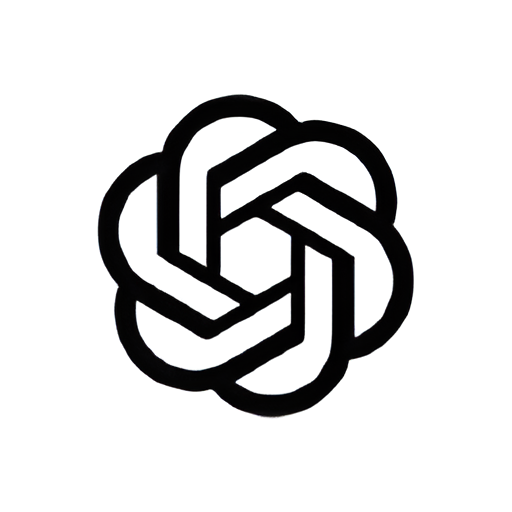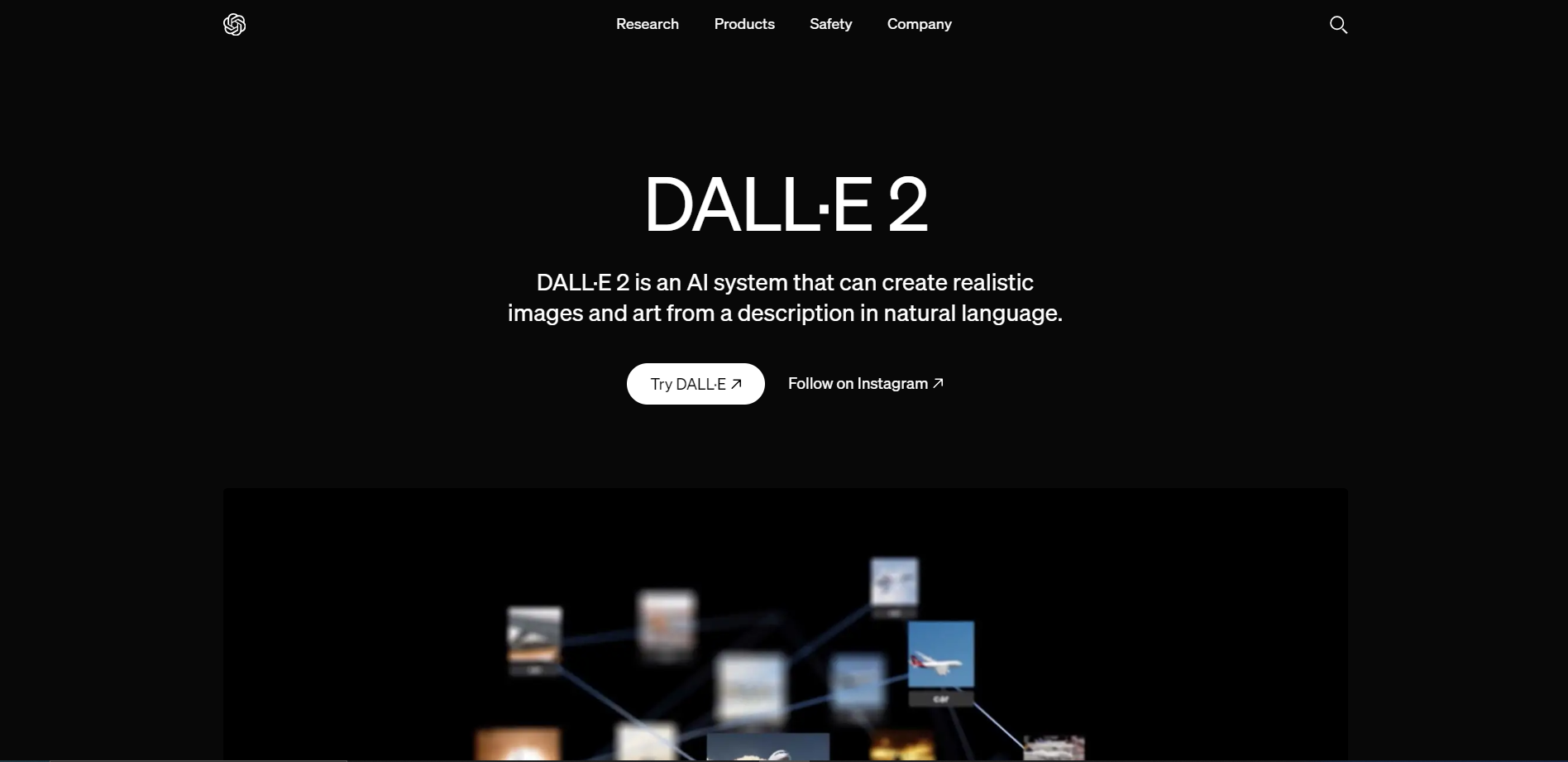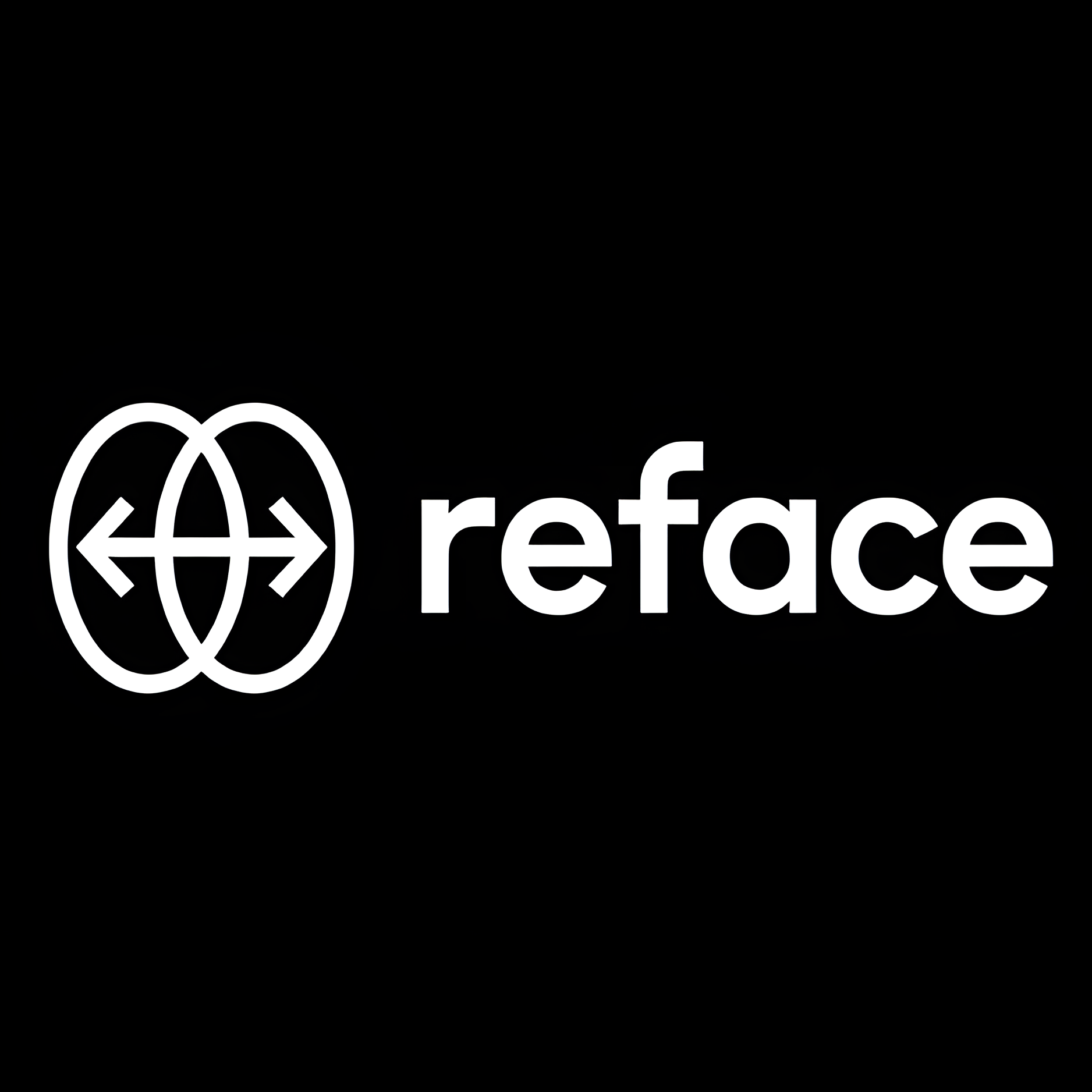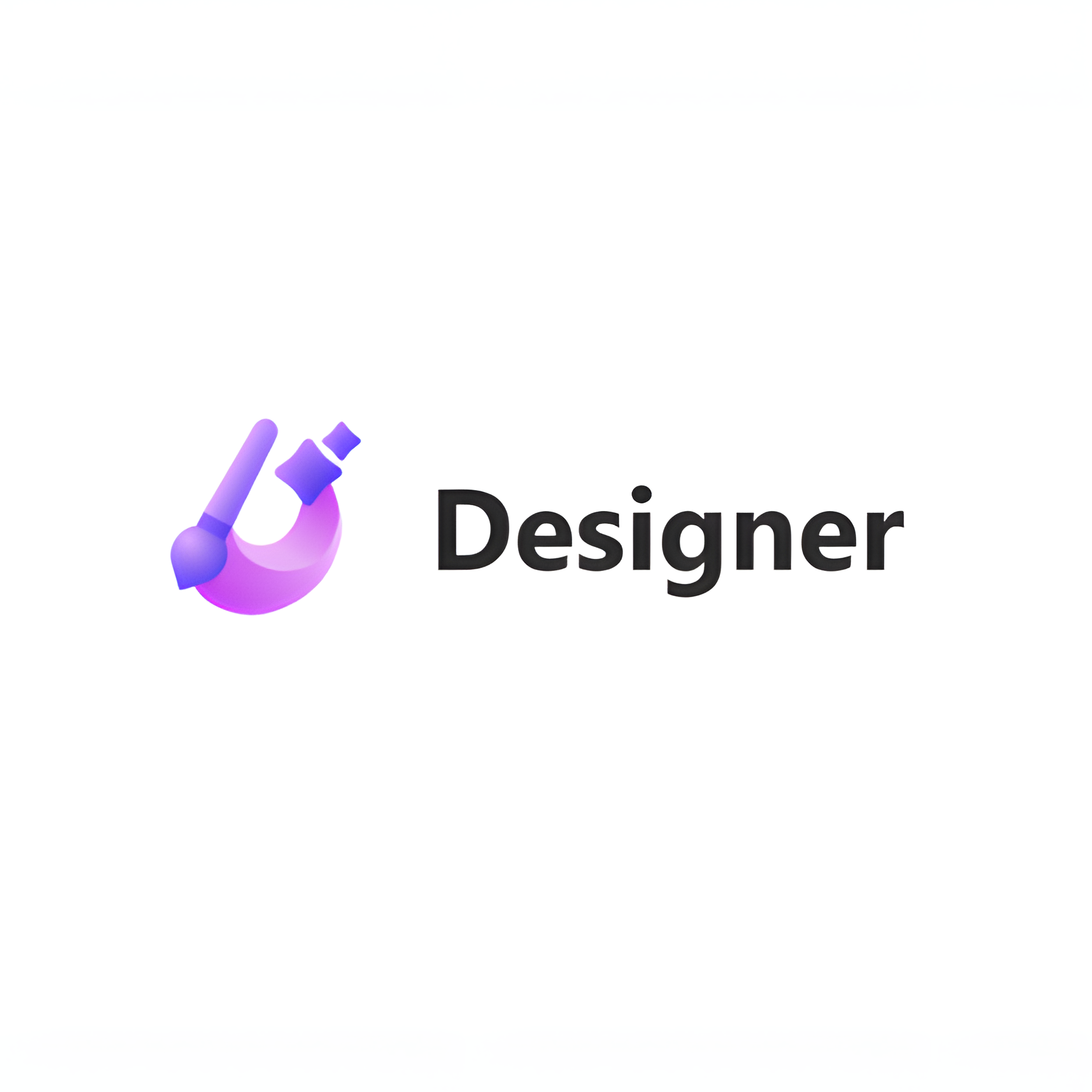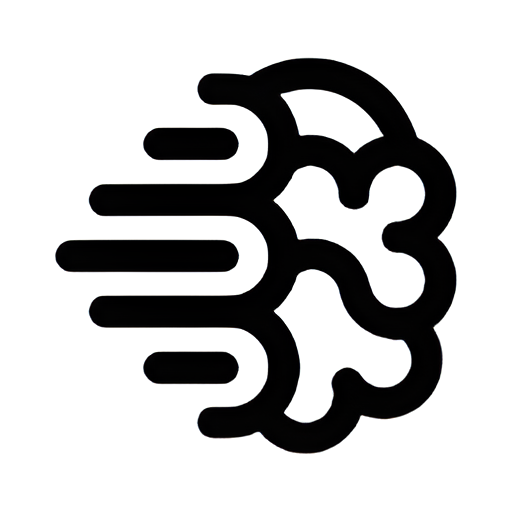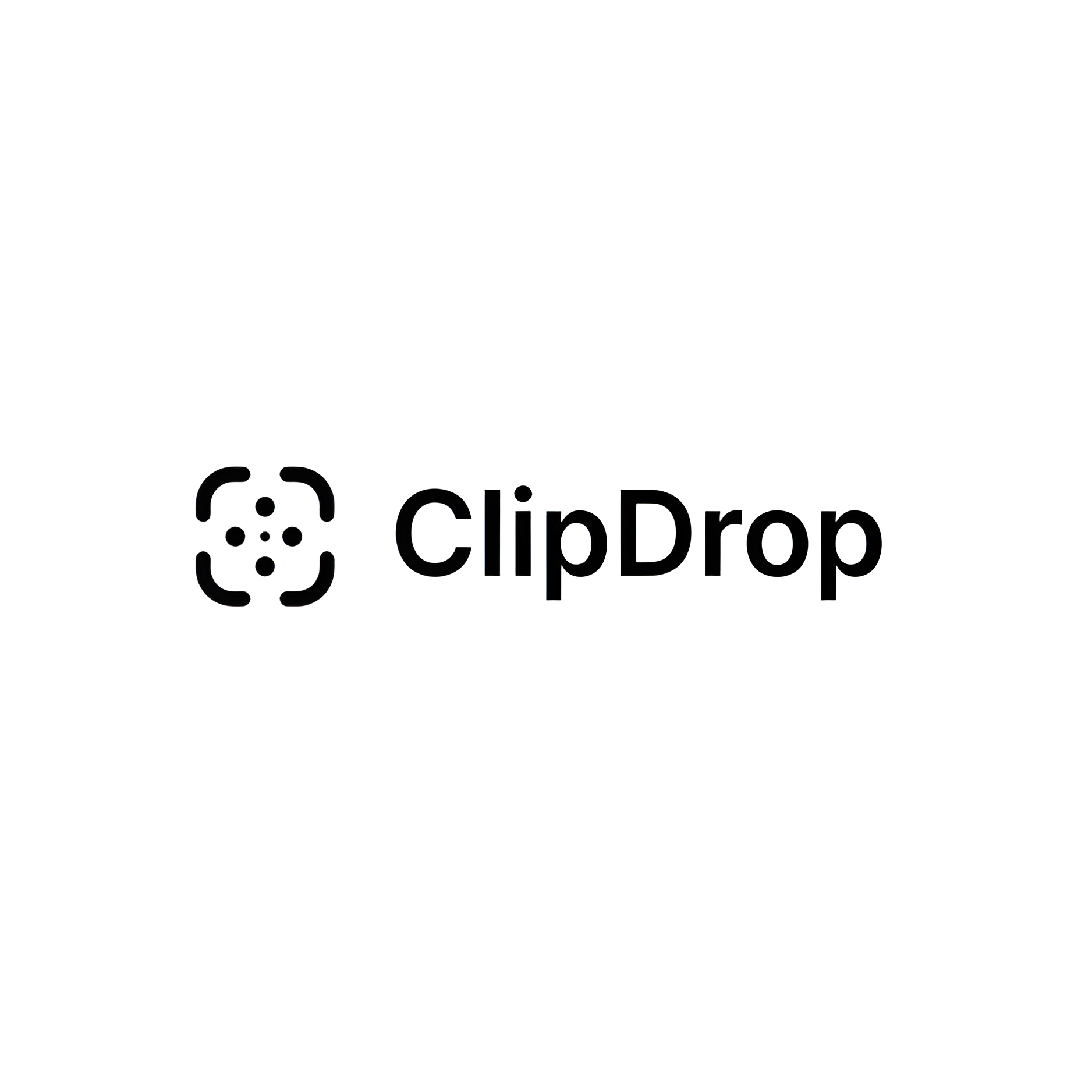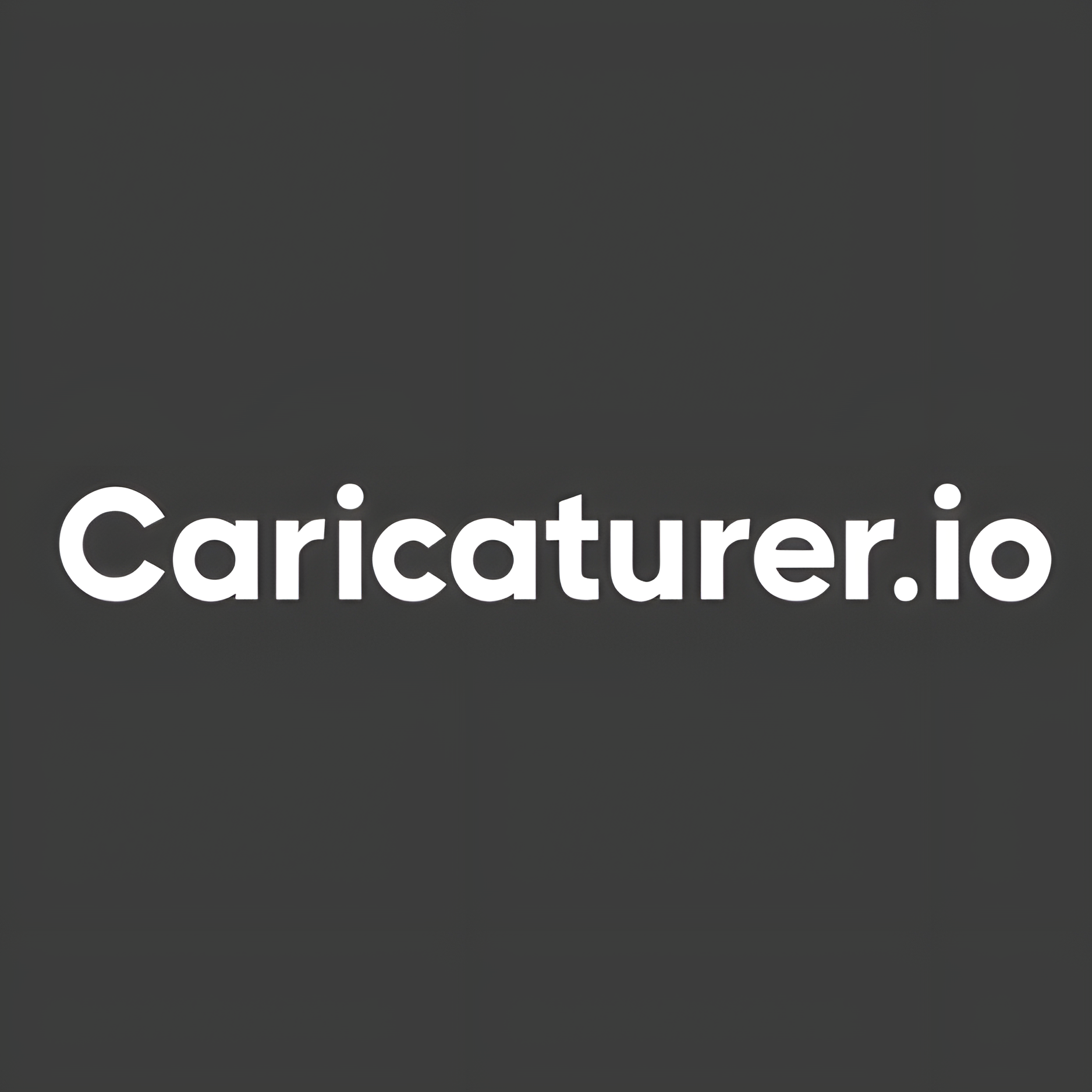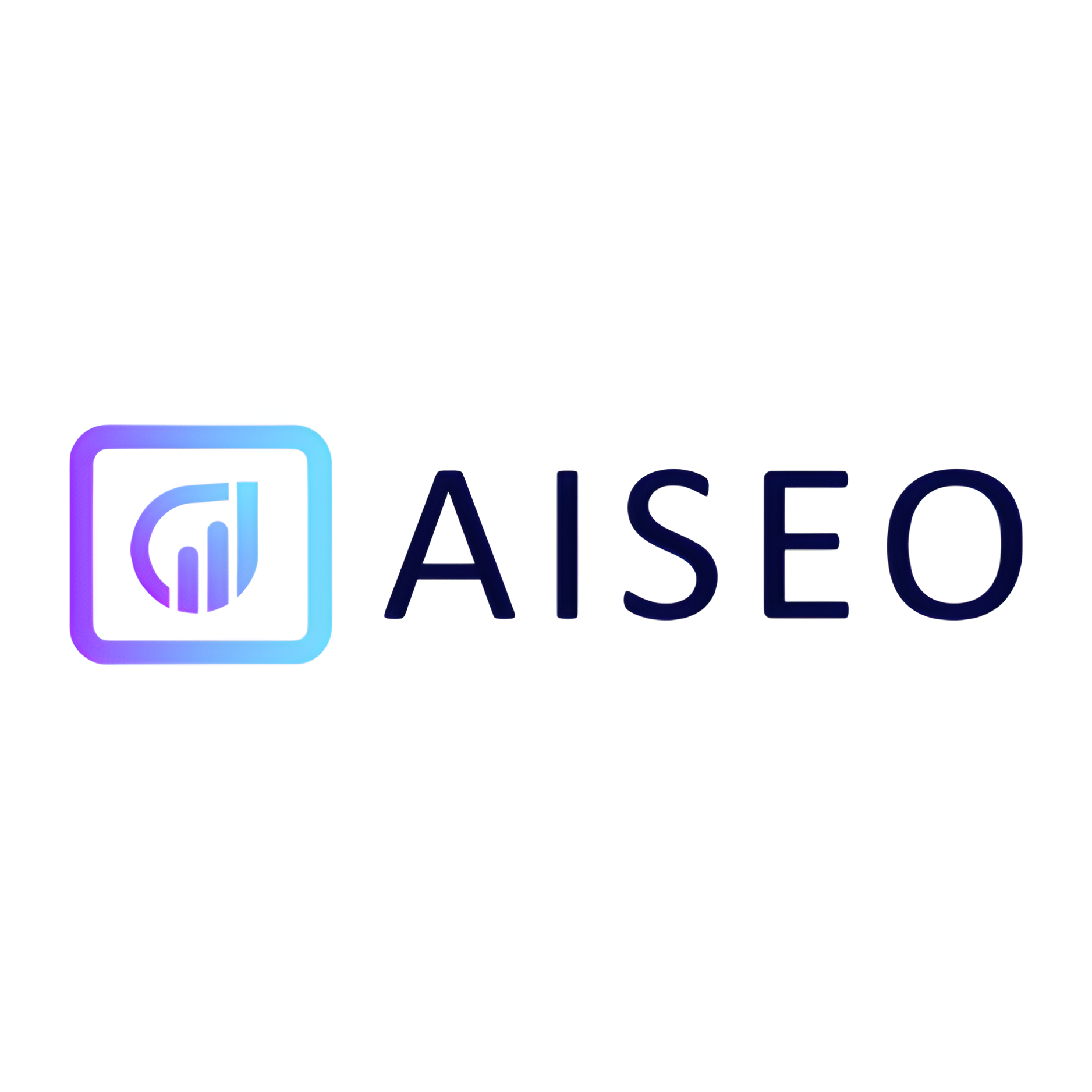Overview
DALL-E 2 is an advanced AI program developed by OpenAI that specializes in generating images from textual descriptions. This tool represents a significant leap forward in the field of artificial intelligence, particularly in the realm of creative and generative AI. DALL-E 2 allows users to input a text prompt, and it uses deep learning algorithms to interpret the prompt and create corresponding images that are often strikingly detailed and contextually accurate.
The technology behind DALL-E 2 builds on the capabilities of its predecessor, DALL-E, by improving image resolution and the ability to generate more realistic and nuanced images. This includes better handling of subtle attributes and textures, making the outputs more precise and visually appealing. DALL-E 2 can also edit parts of existing images, providing a seamless blend that maintains the coherence of the original picture's style and shadows.
One of the most fascinating aspects of DALL-E 2 is its potential applications across various industries, including advertising, entertainment, and education, where customized visual content is valuable. It opens up new possibilities for creatives and professionals to explore unique visual narratives and concepts without the need for extensive resources typically associated with high-quality visual production.
Key features
- Image generation from text: Create realistic images and art from textual descriptions using advanced AI algorithms.
- Edit existing images: Modify elements of existing images to better fit your needs or creative desires.
- Variations feature: Generate multiple variations of a given image to explore different artistic possibilities.
- High-resolution creations: Produce images in high resolution, suitable for both digital and print media.
- Content filter system: Ensures generated images adhere to ethical guidelines and do not generate inappropriate content.
 Pros
Pros
- Style transfer capabilities: Seamlessly apply the style of one image to another, enabling unique artistic transformations and creativity.
- Time efficiency: Quickly generates images, reducing the time spent on manual drawing or searching for suitable visuals.
- Customizable settings: Offers control over aspects like style, color, and composition to align with specific artistic visions.
- Scalability options: Capable of handling large-scale projects efficiently, making it ideal for both individual and commercial use.
- Integration ease: Easily integrates with other software and tools, enhancing workflow and productivity for creators.
 Cons
Cons
- High cost barrier: The tool may be expensive for individual artists or small businesses, limiting accessibility and widespread use.
- Complex user interface: New users might find the interface challenging to navigate, potentially requiring additional training or support.
- Limited creative control: Users may find their creative input restricted by the AI's parameters and pre-set options.
- Dependency on data: The quality and diversity of outputs heavily depend on the data used to train the AI, which can sometimes be limiting.
- Privacy concerns: Users might be wary of uploading sensitive or proprietary images due to concerns about data privacy and security.

